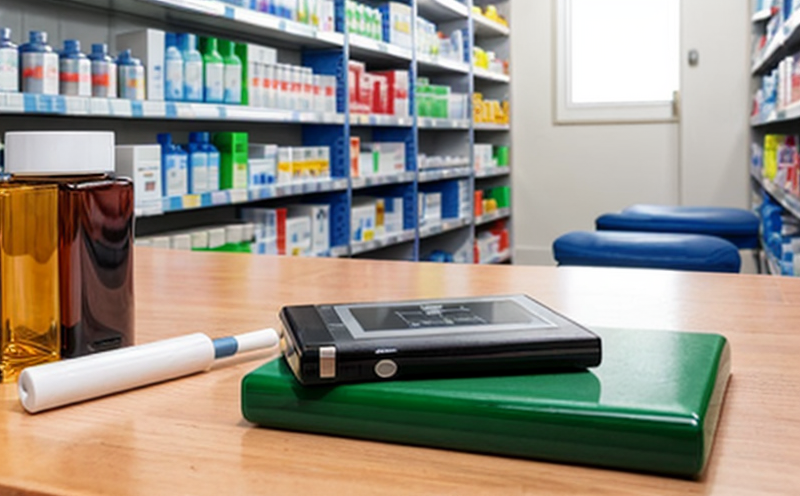Certification for Safety in Pharmaceuticals and Drug Products: Ensuring Compliance and Quality
The pharmaceutical industry is one of the most heavily regulated sectors globally, due to the high risks associated with the production and distribution of medicines. To ensure public safety, regulatory bodies such as the US FDA (Food and Drug Administration), EMA (European Medicines Agency), and others mandate that manufacturers and suppliers adhere to strict guidelines and standards for quality and safety.
Why is Certification Important?
Certification plays a critical role in verifying compliance with these regulations, ensuring that pharmaceutical products are safe for consumption. A well-designed certification program should be based on risk-based principles, identifying high-risk areas such as manufacturing processes, product testing, and labeling. This approach enables companies to focus resources on the most vulnerable aspects of their operations.
Here are some key reasons why certification is essential:
Compliance with regulations: Manufacturers must demonstrate adherence to regulatory requirements, including Good Manufacturing Practices (GMPs), Good Clinical Practice (GCP), and Good Laboratory Practice (GLP).
Risk management: A robust certification program helps identify and mitigate potential risks associated with product safety.
Quality assurance: Certification ensures that companies implement effective quality control measures, monitoring products throughout the entire lifecycle.
Key Components of a Pharmaceutical Certification Program
A comprehensive pharmaceutical certification program should include several key components:
Training and education: Personnel involved in manufacturing, testing, and labeling must undergo regular training to stay updated on regulatory requirements and industry best practices.
Audit and inspection programs: Regular audits and inspections ensure compliance with regulations and identify areas for improvement.
Risk management strategies: Companies should implement risk-based approaches to identify potential threats and develop mitigation plans.
Industry-Recognized Certifications
Several industry-recognized certifications are available for pharmaceutical manufacturers and suppliers, including:
ISO 9001:2015: A quality management standard that ensures organizations meet regulatory requirements.
GMP certification: Demonstrates compliance with Good Manufacturing Practices regulations.
Pharmaceutical Good Distribution Practice (PGDP) certification: Ensures safe distribution of pharmaceutical products.
Key Takeaways
Here are some key points to remember:
Certification is a critical component of ensuring public safety and compliance with regulatory requirements.
A well-designed certification program should be based on risk-based principles, focusing on high-risk areas such as manufacturing processes and product testing.
Industry-recognized certifications such as ISO 9001:2015, GMP, and PGDP demonstrate compliance with regulations and industry best practices.
QA
Here are some additional questions and answers:
Q: What is the purpose of Good Manufacturing Practices (GMPs)?
A: GMPs aim to ensure that pharmaceutical products are manufactured in a way that ensures their quality, safety, and efficacy.
Q: What is the role of auditing and inspection programs in certification?
A: Regular audits and inspections help identify areas for improvement and demonstrate compliance with regulatory requirements.
Q: How can companies ensure ongoing compliance with regulations?
A: Companies should implement continuous training and education programs for personnel, conduct regular self-audits, and stay updated on regulatory changes.
Q: What is the difference between ISO 9001:2015 and GMP certification?
A: ISO 9001:2015 focuses on quality management standards, while GMP certification ensures compliance with Good Manufacturing Practices regulations specifically for pharmaceutical products.
Q: How can companies mitigate risks associated with product safety?
A: Companies should implement risk-based approaches to identify potential threats and develop mitigation plans, conduct regular self-audits, and stay updated on regulatory changes.
The importance of certification in ensuring public safety and compliance with regulatory requirements cannot be overstated. By implementing a well-designed certification program based on risk-based principles, companies can demonstrate their commitment to quality and safety, ultimately protecting consumers and upholding industry standards.

































